ALUMNI SPOTLIGHT
Jerome Williams '69, MD
For nearly four decades, Jerome Williams, MD, worked to ensure residents of metropolitan St. Louis, particularly north St. Louis and St. Louis County, had access to quality healthcare — a mission begun by his grandfather, passed to his father, and continued by Jerome.
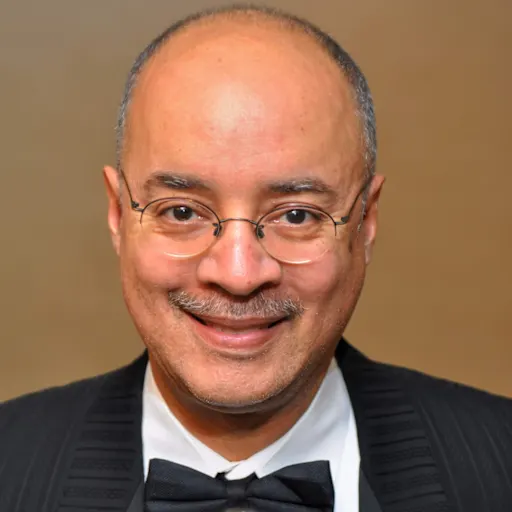
Born in 1951 at the segregated Homer G. Phillips Hospital, a now-closed segregated facility where thousands of African American medical professionals trained, and raised on Windermere Place, a private street that rejected redlining in favor of integration, Jerome’s upbringing during the Civil Rights Movement profoundly shaped his life and career.
Jerome says growing up on Windermere Place in the late 1950s — the decade that marked the beginning of the Civil Rights Movement — was the most wonderful time of his life. There were more than 100 children on the street, always ready to play, so he and his four siblings were never at a loss for friends. It was also home to several African American doctors, contemporaries of his father; observing them and seeing his father interact with patients introduced him to the medical profession.
Not surprisingly, education was always a priority in the Williams household. By the 5th grade, Jerome had entered the St. Louis Public Schools Gifted Program at Dewey School, and remained there until high school. By then, the mid-1960s, the Civil Rights Movement had strengthened, and St. Louis public schools had begun recruiting African American students. In 1965, Jerome became the first African American student to attend Burroughs, where he excelled, graduating with honors in 1969.
From Burroughs, it was on to Harvard University, where he initially majored in economics at the urging of his father to find a career that would be more lucrative than medicine. But after a year-and-a-half, Jerome yearned to study something less theoretical, and switched to pre-med. His first childhood memories — visits with his father to see patients — were still so vivid some 20 years later. “There was no way I could have done anything but become a physician,” he says.
Despite his initial hesitancy, Jerome Sr. wholeheartedly approved of the change. “When he learned that upon completing medical school, I would be returning to St. Louis and joining his medical practice, he was ecstatic,” Jerome recalls.
Jerome successfully made the change with little help from his then-college advisor. Despite his exemplary academic record, “He didn’t think I had the aptitude for the sciences, ’ Jerome recalls. Not to be deterred, Jerome devised his own curriculum including enough science and math courses to qualify for medical school, and graduated cum laude in 1973.
Jerome attended Duke University School of Medicine, then completed his internal medicine training at Barnes Hospital and Washington University School of Medicine, where he was appointed chief resident — the second person of color in this position.
In 1982, Jerome joined his father’s practice. Later, he became the first president of the Barnes Jewish Hospital Medical Staff Association, representing 1,400 physicians. In that capacity, he served on the hospital’s Board of Directors, helped to develop its mission and value statement for the association, and participated in search committees for the university. He also served as a physician advisor for medical records and case management, helping to expand both departments at Barnes Jewish.
In late 2011, Jerome seized the opportunity to augment services for his patients and support for his dedicated staff by joining ESSE Health, where he worked until his retirement in July 2021.
Jerome takes great pride in his family’s multigenerational legacy of serving St. Louisans. “It was our way of giving back to the community,” he says. “I was continuing a legacy.”
In retirement, Jerome is happiest spending time with his wife, four children — including Burroughs grads RJ ‘04, Nelson ‘05, and Christina ’07 — and seven grandchildren. He adds that he is excited about the possibility of working with African American alums to set up opportunities for current Burroughs students, noting that several faculty and administrators helped him as a student and he feels it is important to expand that support group. Before she relocated to Houston, he was a patient of Lea Johnson ’11, MD, another African American alum.
MORE ALUMNI SPOTLIGHTS
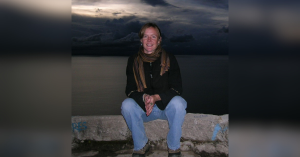
Alumni Spotlight: Caroline Conzelman ’85, PhD
Caroline Conzelman ’85, PhD, built a career uniting education, anthropology, and global engagement— work that will soon take her to Spain as a Fulbright Senior U.S. Scholar.
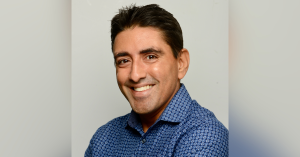
Alumni Spotlight: Alan Bisarya ’97
Alan Bisarya ’97 is a licensed psychotherapist in Santa Monica, where he now helps others navigate purpose and connection through his practice and advocacy for psychedelic-assisted therapy.
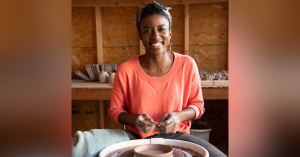
Alumni Spotlight: Camille Beckles ’06
Camille Beckles ’06 has built a career at the intersection of mission-driven innovation and creativity — all while simultaneously gaining national recognition for her wheel-thrown ceramics.
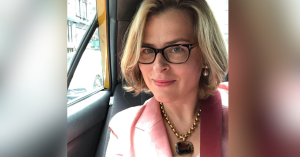
Alumni Spotlight: Molly Ott Ambler ’92
Molly Ott Ambler ’92, a leading figure in the international art world with a 25-year career in fine art auctions and private sales, launched her own art advisory in 2023.
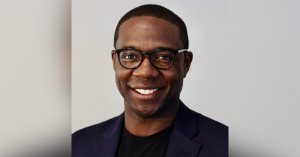
Alumni Spotlight: Karlos Bledsoe ’11
Karlos Bledsoe ’11 is an investor focused on early-stage healthcare innovation.
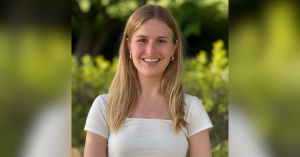
Alumni Spotlight: Brin Datema ’14
Brin Datema ’14 has spent her career exploring the intersection of development policy, health, and impact evaluation.
